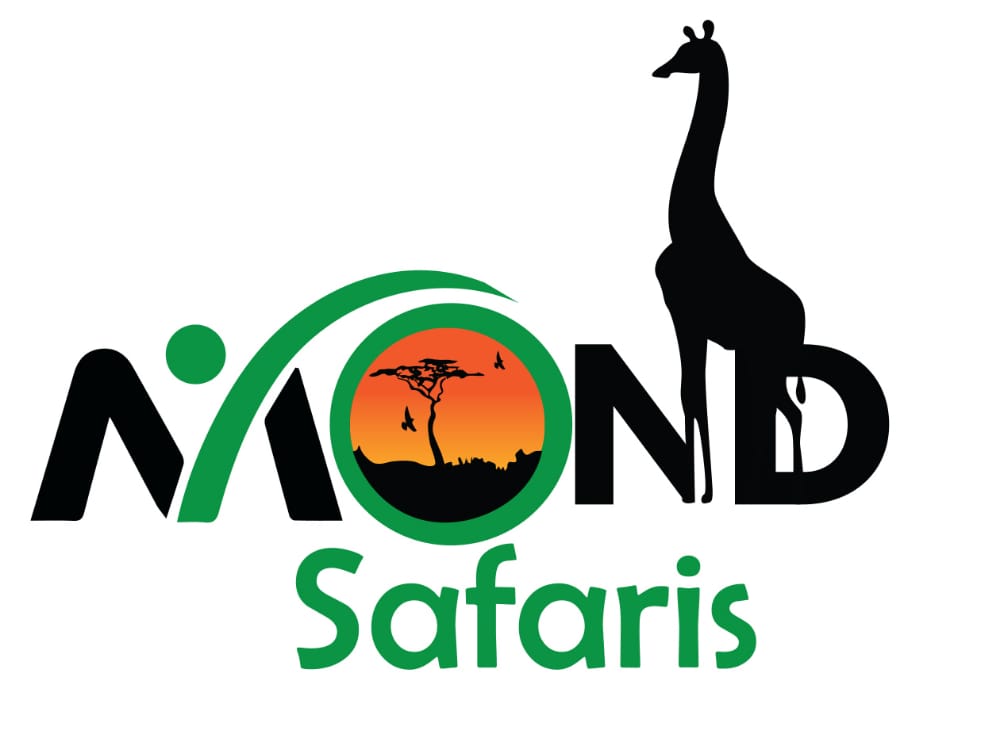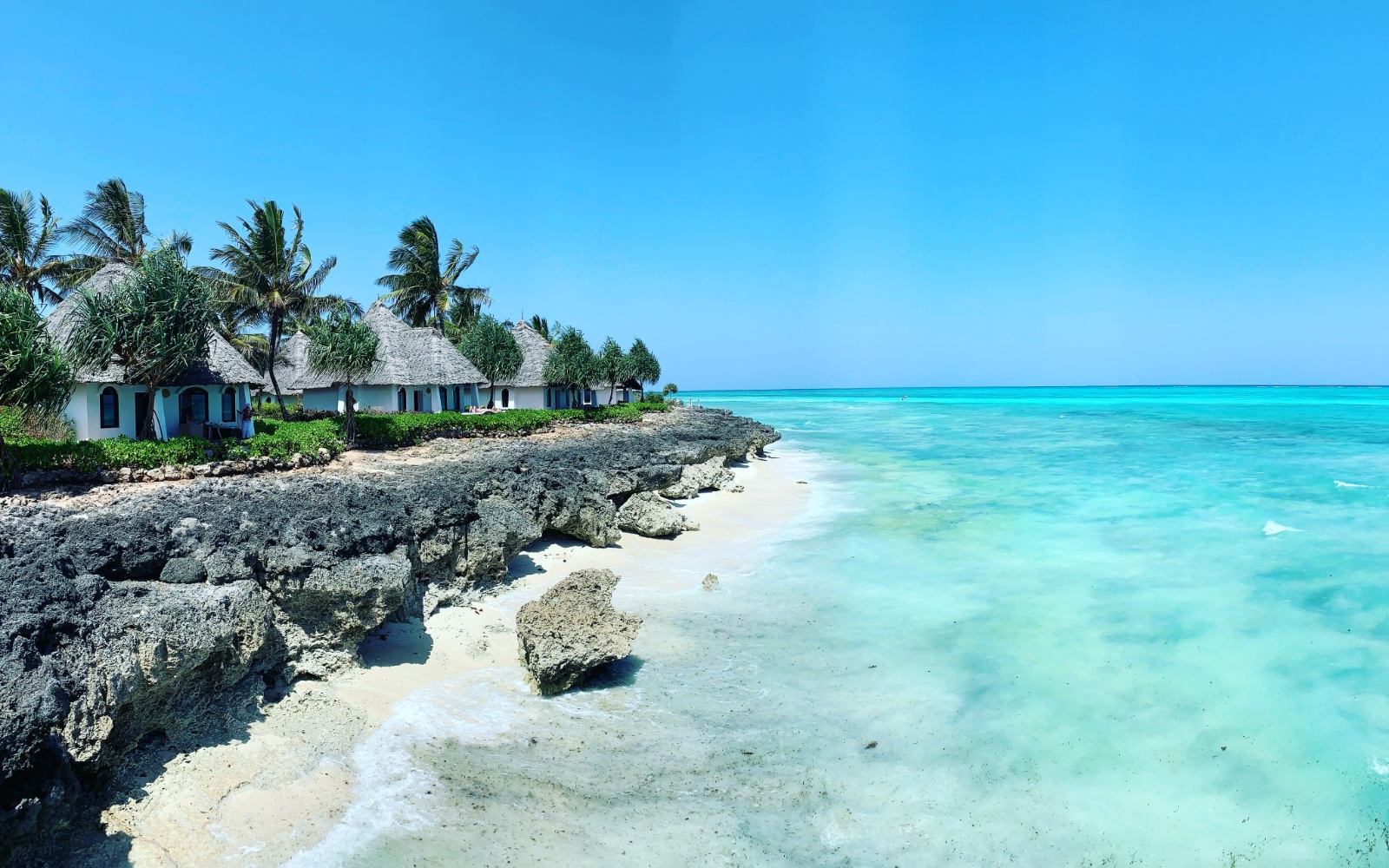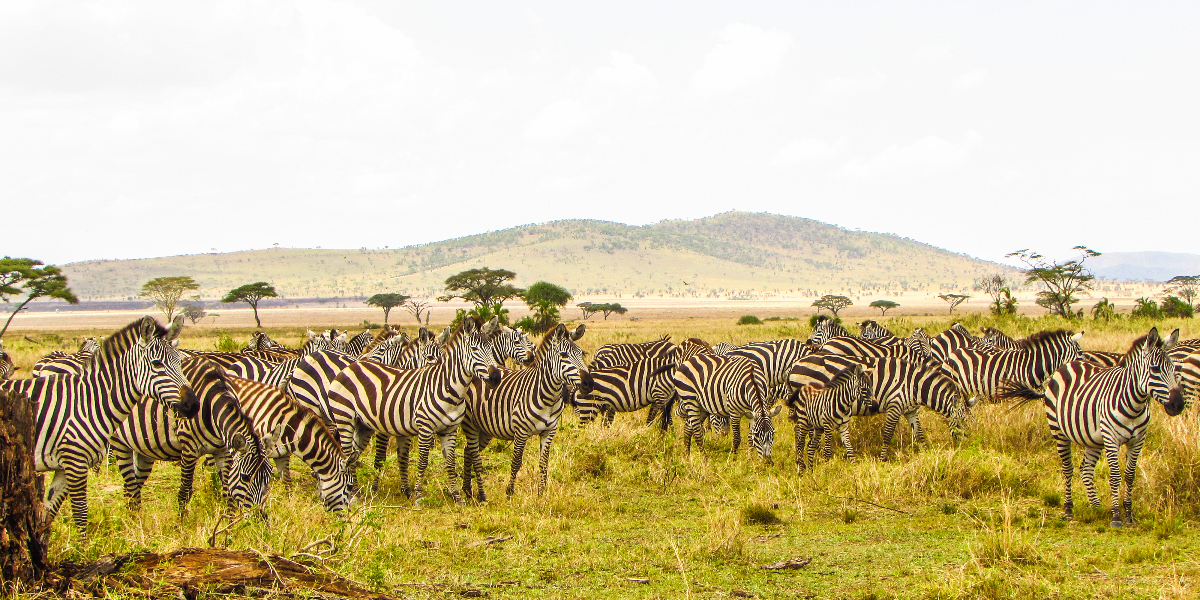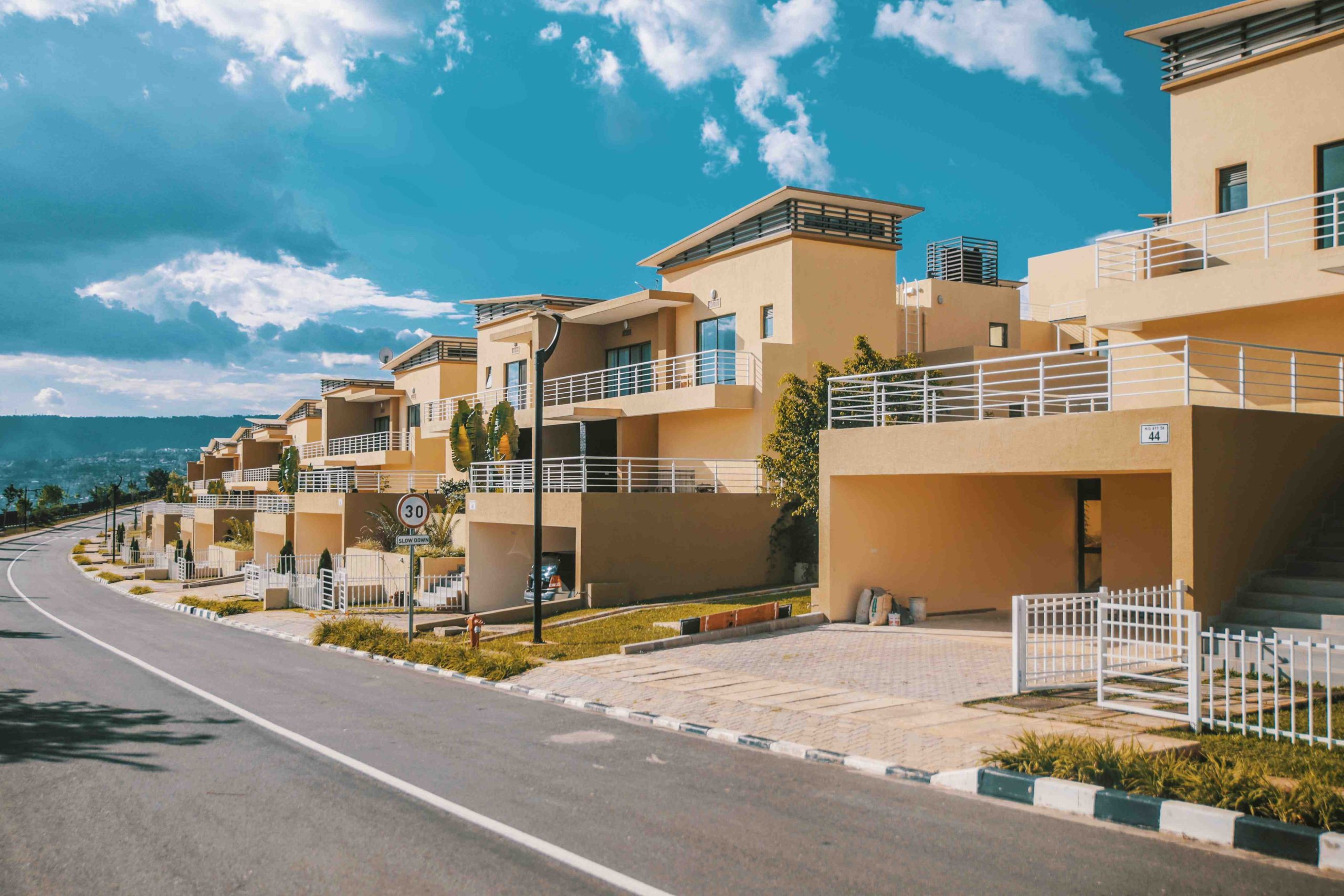Embark on an African adventure like never before as we unveil the top 7 best…
Kibale Forest National Park uganda

Kibale Forest National Park Uganda
Kibale Forest National Park is one of the best safari destinations in Africa for chimpanzee trekking safaris and has the highest number and diversity of primates in East Africa. There are 13 species of primates including chimpanzees living within its 795km2 land cover with the most beautiful and most diversified tracts of tropical forest in the whole of Uganda. The Forest covering predominates in the central and northern part of the park on the raised Fort Portal plateau. At the park’s northern tip, Kibale is highest and stands 1590m above sea level.
Location Of Kibale National Park Uganda
The Location of Kibale National Park is in the western part of Uganda about 348km (5 hrs drive) from Kampala and about 26km south-east of the beautiful Fort Portal town – one of Uganda’s most lovely places to explore. The park is located close to the serene Ndali Kasenda crater area and it takes a half day’s drive to Queen Elizabeth National Park, Rwenzori Mountains & Semuliki National Parks and the Toro-Semliki Wildlife Reserve.
Southern Kibale borders Queen Elizabeth National Park and collectively these conserved areas protect a 180 km long migration corridor for wildlife that stretches from the remote southern sector of Queen Elizabeth National Park in “Ishasha”, to “Sebitoli” in northern Kibale.
Vegetation Areas In Kibale National Park Uganda
Kibale’s varied vegetation offers different varieties of wildlife habitat, ranging from the moist evergreen forest (wet tropical forest) along the Fort Portal plateau, then through the dry tropical forest (moist semi deciduous), and then to the woodland and savanna along the rift valley floor. In the central part of the park, around Kanyanchu, the high forest consist of a mixture of evergreen trees and deciduous with the evergreen species being dominant. The vegetation rises to over 55m and establishes a semi-closed canopy of massive stratified tree crowns. With shade tolerant herbs, a variety of ferns, shrubs and broad leaved forest grasses, the undergrowth is sparse. 351 tree species have been registered in the park.
Wildlife In Kibale National
With 13 different species, the number and diversity of primates in Kibale National Park is the highest in the whole of Africa. The most popular of these are the chimpanzees with over 1450 individuals living here making it the best destination to enjoy a Chimpanzee Tracking Tour. A Uganda safari will enable you to see all these primates. In addition Kibale is home to the uncommon L’Hoest’s monkeys, East Africa’s biggest population of the endangered red colobus monkeys, the black & white colobus, red tailed monkeys, blue monkeys, olive baboons, grey cheeked mangabeys, bush babies as well as potto among many others.
There is a number of other wildlife in Kibale National Park however they are hardly seen. These consist of buffaloes, leopards, bush pigs, elephants, and duikers. A keen viewer may also be able to spot some amphibians, reptiles and a variety of colorful butterflies.
Other Activities In Kibale National Park
Kibale Forest Hikes | Walking Trail
The Kibale Forest walk trail is 12km long and the hike is usually done in the dry season from the month of June to September are mid-November to February, taking between 5 and 6 hours. Hiking Tours offer you an opportunity to discover the park’s assorted habitats such as river line forest, swamp, grassland and tropical rainforest.
Birding In Kibale Forest National Park Uganda
The park is a home to 325 different bird species, including 6 that are native to the Albertine Rift area like the dusky crimsoning, black-capped apalis, blue-headed sunbird, collared apalis, red-faced woodland warbler and purple-breasted sunbird. Other Kibale specials are the green breasted pitta, African pitta, black bee-eater, Abyssinian ground thrush, yellow spotted nicator, little greenbul, black-eared ground thrush, brown chested alethe, yellow rumped tinker bird, blue-breasted kingfisher, along with the crowned eagle.
The Bigodi nature walk offers the best bird watching opportunities in the park as the swamp alone has approximately 138 bird species. It’s also famous for wildlife such as chimpanzees, red colobus, black and white colobus, red tailed monkey, bushbuck as well as mongoose.
Cultural Tours Around Kibale Forest National Park uganda
Led by a local guide, you will get a chance to meet the native Batooro people as well as the Bakiga immigrants (from the densely populated southwestern part of Uganda) who stay around this park. During the Kibale Cultural Tours you will visit a traditional village to see the traditional lifestyle of the Batoro, visit the local church, primary school, traditional healer and get a closer encounter with these natives. You will also enjoy some energetic traditional dances and songs by the Bakiga.
Crater Lakes Tour
The Kasenda area found in Fort Portal is home to more than 50 different crater lakes which are surrounded by steep sided volcanoes. a visit to this picturesque are will give you an opportunity to appreciate the unique landscape of this area.
Cultural Trails
The nature walk begins from Kanyanchu or Sebitoli. The enroute will help discover the forest and late rest in the community-run campsites close to the villages of Kikoni, Nyakalongo and Nyaibanda.
When To Visit
Although Kibale National Park is accessible throughout the year, the Best time to Visit the park is during the dry season when the trails are dry and passable. This runs from December to February and then from June to September. The wettest area in Kibale is the northern area, receiving an average annual rainfall of approximately 1700mm, mainly during March to May and September to November. The climate is usually pleasant with an average annual temperature range of 14C to 27C. The southern part of the park experiences the maximum temperatures and lower amounts of rains where the terrain drops onto the hot rift valley floor and forest provides way to open grassland.
Book a safari with us at #mondsafaris
For more information,
Email; info@mondsafaris.com




